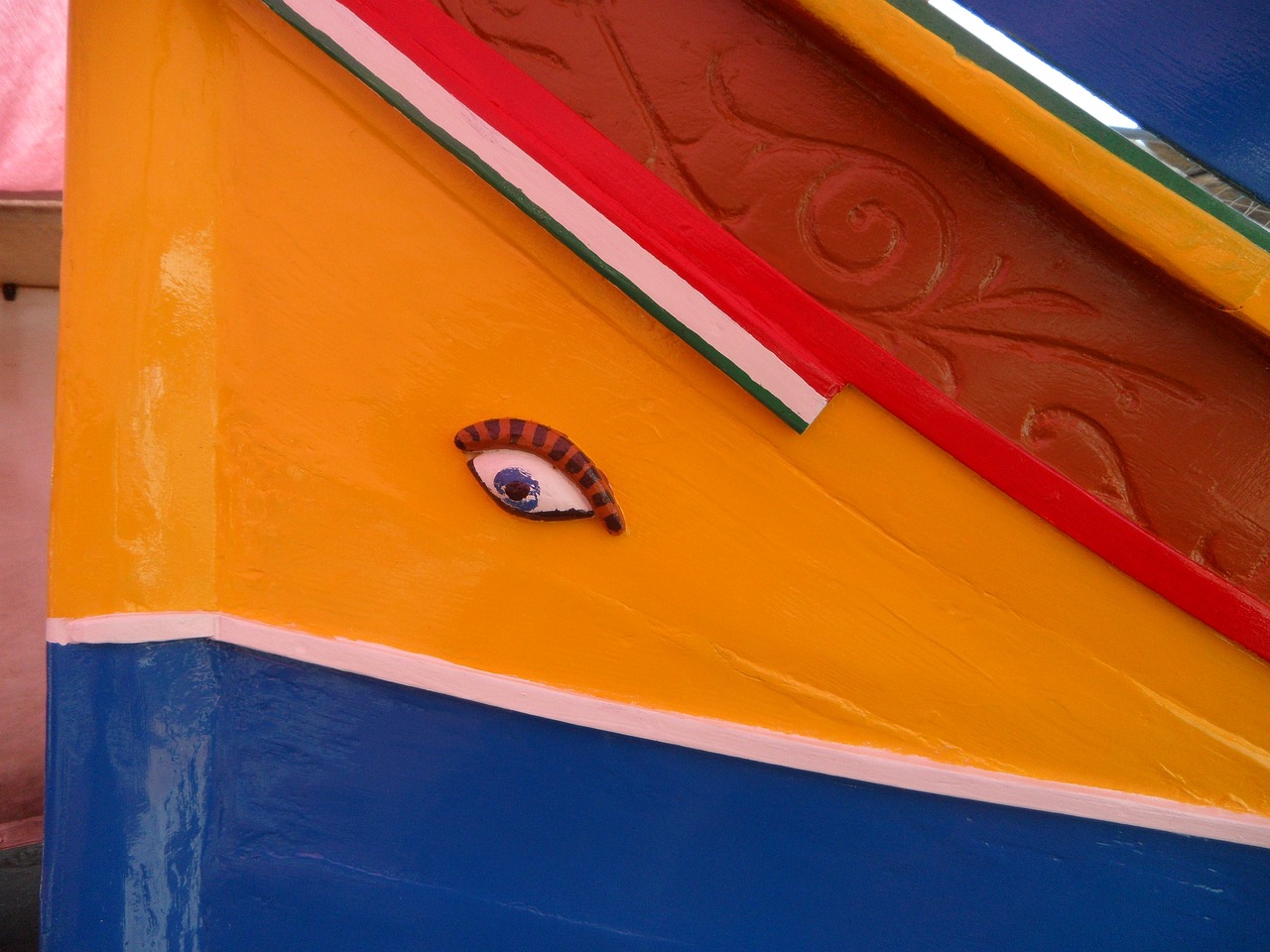Osiris is revered as one of the principal deities of ancient Egypt, embodying complex themes of fertility and the afterlife. Initially, he was a local deity linked to Busiris in Lower Egypt, possibly representing the fertility of the underworld. By around 2400 BCE, Osiris was firmly established in dual roles: as a deity of fertility and the personification of the deceased and resurrected king. This dualistic nature is intricately tied to the Egyptian understanding of divine kingship, where a king upon death became Osiris, the ruler of the underworld, while his living son was known as Horus, the sky god. In this mythic structure, Osiris and Horus are characterized as father and son, with Isis, the goddess, playing the role of their mother and consort.
The narrative of Osiris is significantly marked by his conflict with Seth, who is depicted as his murderer and adversary to Horus. According to Plutarch’s account, Seth killed Osiris, dismembering him into 14 parts and scattering them across Egypt. However, with the aid of her sister Nephthys, Isis managed to recover all of Osiris’s parts, except for his phallus, thus enabling him to exist in the underworld as its ruler and judge. Horus later avenges his father by triumphing over Seth, thus ascending to kingship in Egypt.
Osiris signifies not only the ruler of the deceased but also the force of life that springs from the underworld, influencing everything from the growth of plants to the yearly inundation of the Nile. It became widely believed from around 2000 BCE that all individuals, not only deceased kings, would associate with Osiris upon their death. This identification did not imply their resurrection, even for Osiris himself, but rather the continuation of life—both spiritually in the afterlife and through their earthly descendants. Consequently, the followings of Osiris extended across Egypt, often merging with local deities worshiped for fertility and connections to the afterlife.
The notion of achieving rebirth in the afterlife through allegiance to Osiris was perpetuated via distinct cult practices. In the Middle Kingdom (circa 1938-1630 BCE), festivities for Osiris included processional and nocturnal rituals, especially at the Abydos temple, where Osiris was associated with Khenty-Imentiu, an ancient god of the dead. This name conferred onto Osiris the title meaning “Foremost of the Westerners.” These festivals encouraged public involvement, leading to the trend of burials along processional routes at Abydos or the erection of cenotaphs as memorials.
Throughout various Egyptian towns, annual festivals celebrating Osiris’s fate were common, incorporating significant elements such as the construction of the “Osiris garden.” This garden consisted of a mold of Osiris filled with soil, which was watered with Nile water and sown with grain. The germinating grain represented Osiris’s life force. Additionally, at Memphis, the holy bull Apis was associated with Osiris, evolving into the deity Osiris-Apis, later recognized as Serapis in the Hellenistic era. Greco-Roman texts also linked Osiris with Dionysus and identified him with Soker, an early Memphite deity of the dead.
The earliest known representation of Osiris dates back to around 2300 BCE; however, significant visual depictions became more common during the New Kingdom (1539-1075 BCE), showcasing him as a mummy with crossed arms, a crook in one hand, and a flail in the other. Osiris was adorned with the atef crown, which featured the white crown of Upper Egypt combined with two ostrich feathers.



